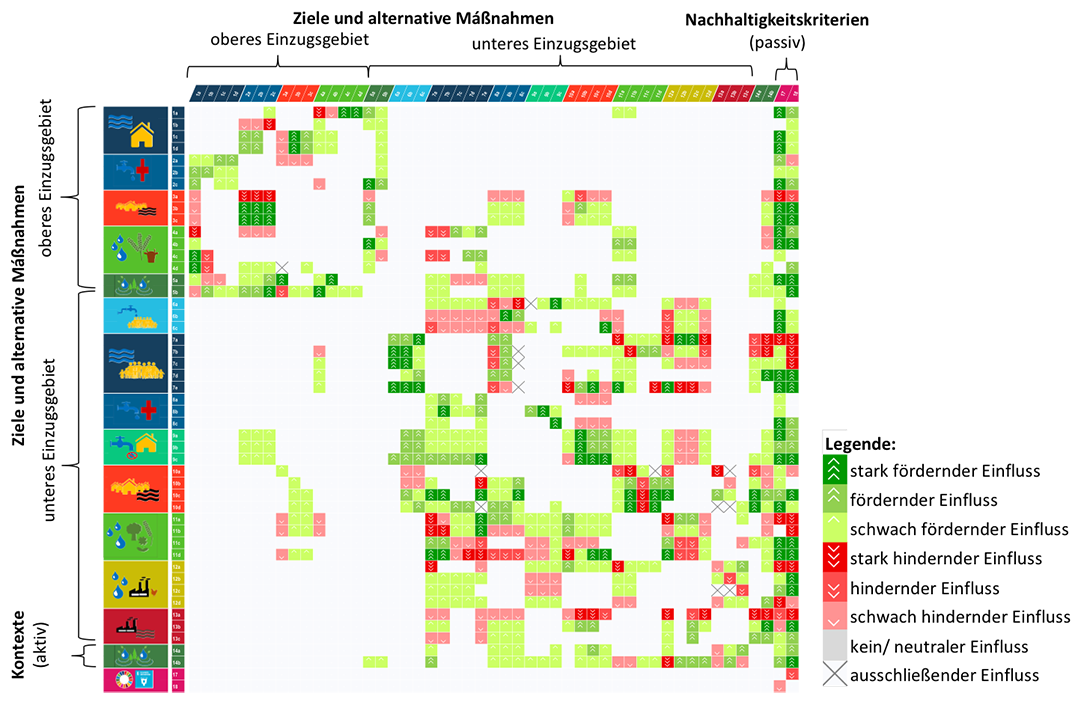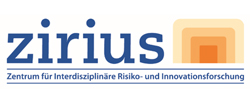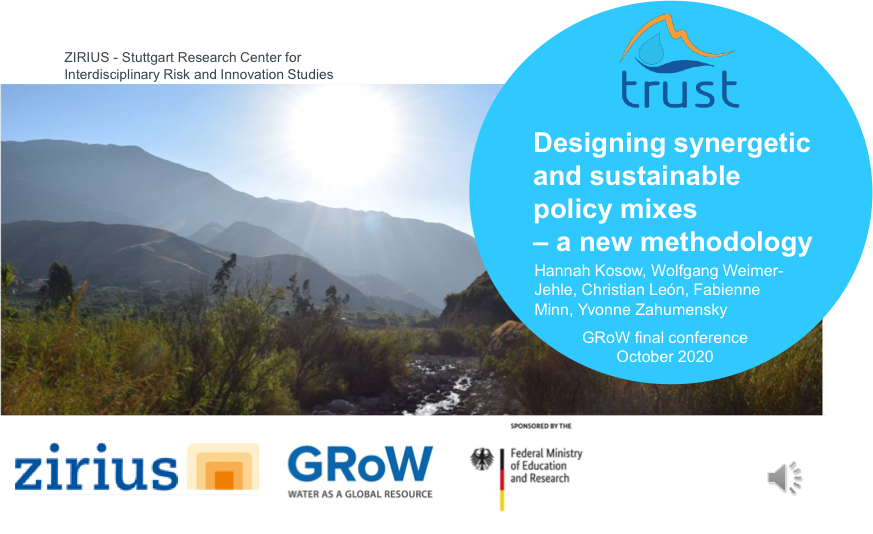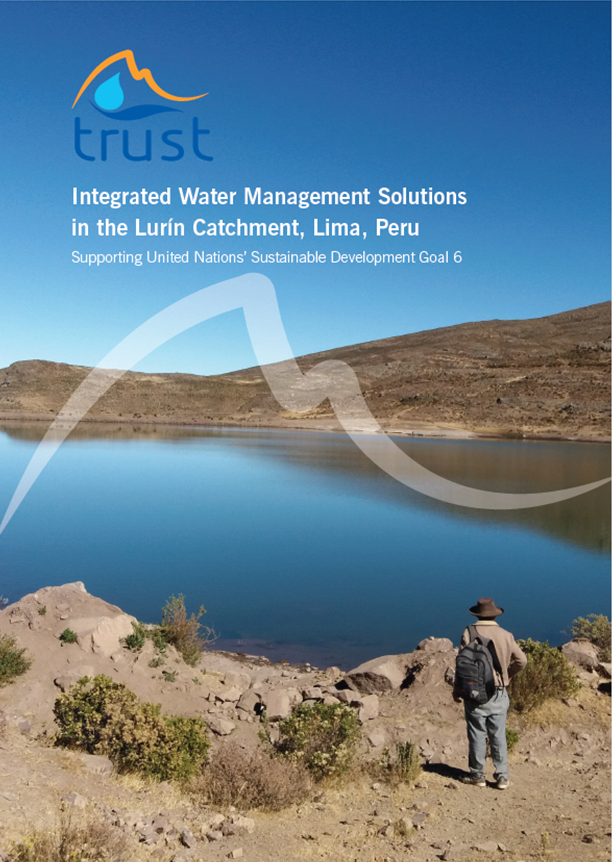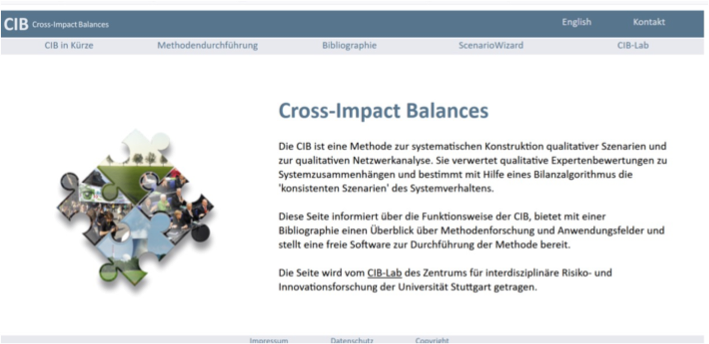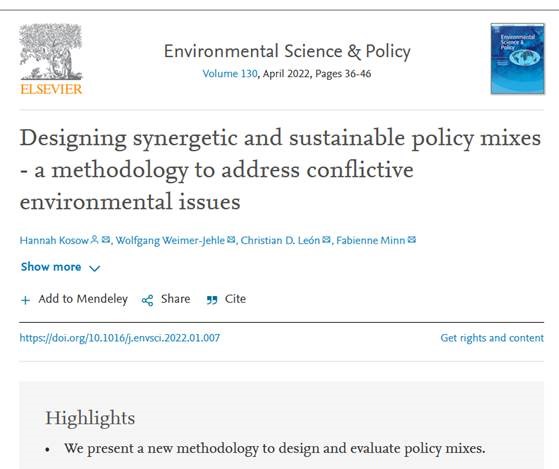The method is used to design and evaluate policy mixes to achieve different goals at the same time. It allows measuring the synergy and consistency of policy mixes, assessing sustainability effects as well as robustness, considering context uncertainty.
Water management is often faced with the challenge that different goals of various water users have to be achieved at the same time. Measures and instruments addressing these goals cannot be freely combined with one another. Instead, they mutually influence each other in terms of their effectiveness and can, for example, trigger conflicts in situations of water scarcity. This is where this method comes in.
With the help of the qualitative system analysis CIB (Cross-Impact Balances, Weimer-Jehle 2006), a conceptual model of interactions between measures to achieve different goals is created. Literature and knowledge from experts and/or stakeholders are used to assess the interactions. Hindering, fostering, neutral and mutually exclusive interactions are identified. The CIB balance algorithm in the freely available software SzenarioWizard then allows to measure the synergy and consistency of policy mixes. As a result, synergetic and internally consistent policy mixes can be identified. In addition, the sustainability performance of various mixes can be assessed if sustainability criteria (e.g. SDG targets or indicators) and their interactions are integrated into the system model. Finally, the robustness of policy mixes can be assessed if context variants (e.g. governance, climate change) are integrated, too.
Overall, this is a qualitative but systematic approach to generate system-analytical knowledge about existing and possible alternative policy mixes. The method is a building block for coherent policy design processes in water management and planning.

